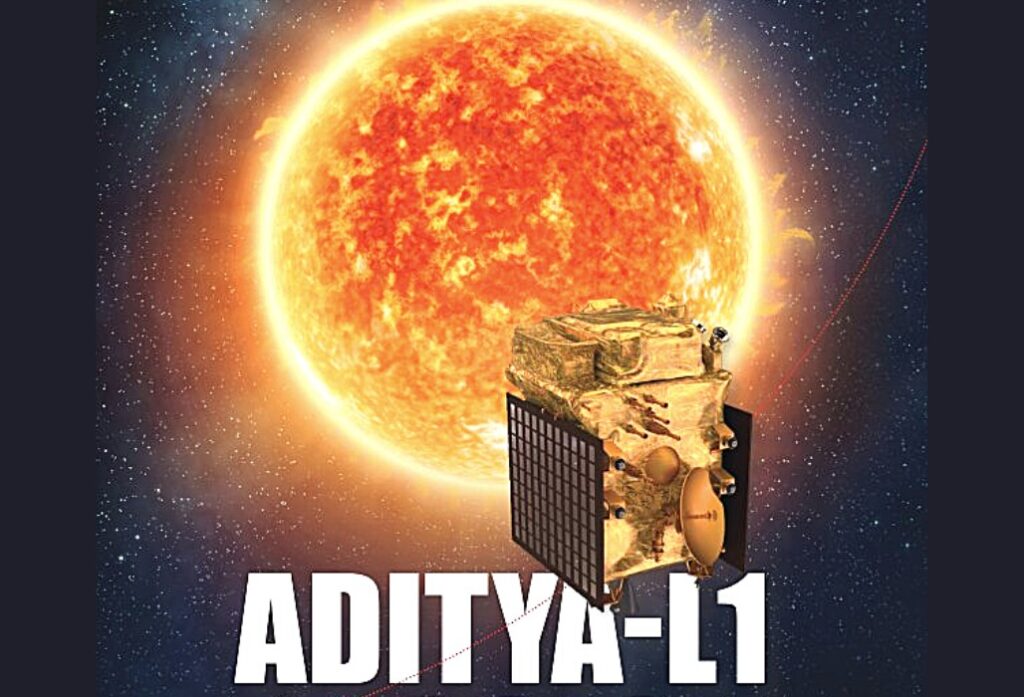ISRO is preparing to launch the Aditya-L1 solar mission on September 2, and it will investigate the Sun’s influence on space weather and its behavior. Following the moon landing mission, ISRO plans to launch the Aditya-L1 solar mission on September 2.
After the successful Chandrayaan-3 mission, the Indian Space Research Organization (ISRO) is preparing for the launch of the ‘Aditya-L1‘ solar mission on September 2 to investigate the Sun.The mission aims to revolutionize our understanding of solar dynamics and space weather.

The launch will most likely occur on September 2, according to an ISRO source that PTI cited.
Read More: Prithviraj Sukumaran wants to have a holiday on the moon
Aditya-L1 : India’s next mission after Chandrayan-3 halo around the 1.5 million-kilometer Sun-Earth system’s Lagrange point 1. Learn about the sun’s processes. Aditya-L1 claims that by keeping an eye on the sun from this vantage point, astronomers will be able to study solar activity and space weather in real time without interference from eclipses.
Seven advanced payloads, including ones for the photosphere, chromosphere, and corona, are included in the spacecraft’s arsenal. These instruments use electromagnetic, particle, and magnetic field detectors to study coronal heating, mass ejections, and more.
The mission’s most interesting aspect is Aditya-L1‘s ability to glimpse the sun straight from L1. The remaining three payloads will field and study Lagrange particles. This may explain solar and interplanetary medium dynamics.
Scientists expect Aditya-L1‘s cargo to illuminate the solar corona’s heating mechanism, magnetic field topology, and coronal mass ejection evolution. The spacecraft data will help us understand space weather and solar eruptive processes.
Share this content: